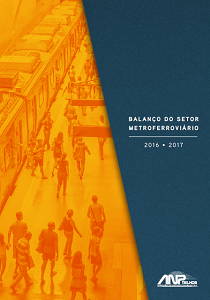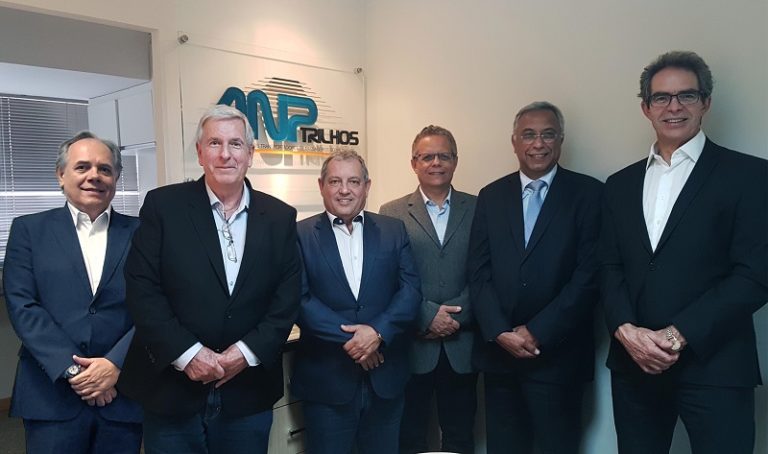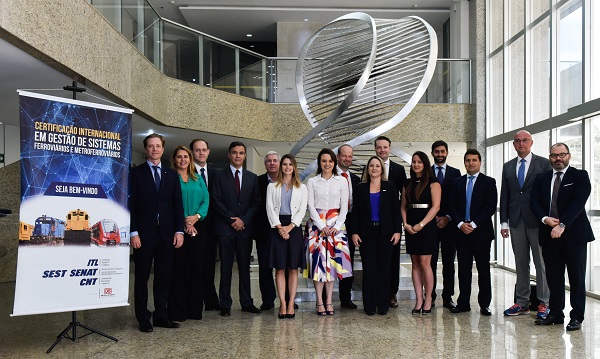 Brazil should get more 219 km of urban track for passenger transport in the next 5 years. This increase will be possible with the conclusion of 19 projects already contracted and/or in execution. The projection of expansion of the rail passenger transport network is part of the Balance of the Metro Railroad Sector 2016/2017 disclosed by National Association of Passenger Rail Operators’ president, Joubert Flores, in early April, in Brasília, federal capital.
Brazil should get more 219 km of urban track for passenger transport in the next 5 years. This increase will be possible with the conclusion of 19 projects already contracted and/or in execution. The projection of expansion of the rail passenger transport network is part of the Balance of the Metro Railroad Sector 2016/2017 disclosed by National Association of Passenger Rail Operators’ president, Joubert Flores, in early April, in Brasília, federal capital.
Last year, the Brazilian metro network expanded 21.7 km, totalling 1,034.4 km in length. Although below expected, the expansion is positive and represents a 2.1% increase, which was possible with the inaugurations of: sections of Line 2 of Salvador’s metro (in the state of Bahia), VLT Carioca (in Rio de Janeiro city) and Line 4 of Rio de Janeiro’s metro. The projection of expansion for 2016 was of 50 km.
For 2017, the National Association of Passenger Rail Operators projects a sum of 29 kilometres of new tracks. This benefit will be possible by the continuation of the execution of Line 2 of Salvador’s metro (in Bahia) and the extensions of VLT Carioca (in Rio de Janeiro), of VLT da Baixada Santista (in the coast of São Paulo), and of VLT Maceió (in the state of Alagoas, in the Northeast of Brazil). From this 29 km, 6.7 kilometres were already open in January and February and the rest is planned to be open until the end of the year.
Transport at the Olympics
The transportation was the greater legacy of the Olympic and Paraolympic Games of 2016 held in August in Rio de Janeiro. The investments made in the urban tracks network ensured the structuring of mobility in Rio de Janeiro state capital making possible the transport of 24.5 million of people on the metro, urban train and tram lines, which serve the city and its metropolitan area.
The transport network in Rio de Janeiro moved around 38 million passengers during the Games, in which the rails were responsible for 65% of the passenger transportation in the city.
The thorough balance of the Metro Railroad Sector is available in Portuguese here: http://anptrilhos.org.br/o-setor/balancos/ .





